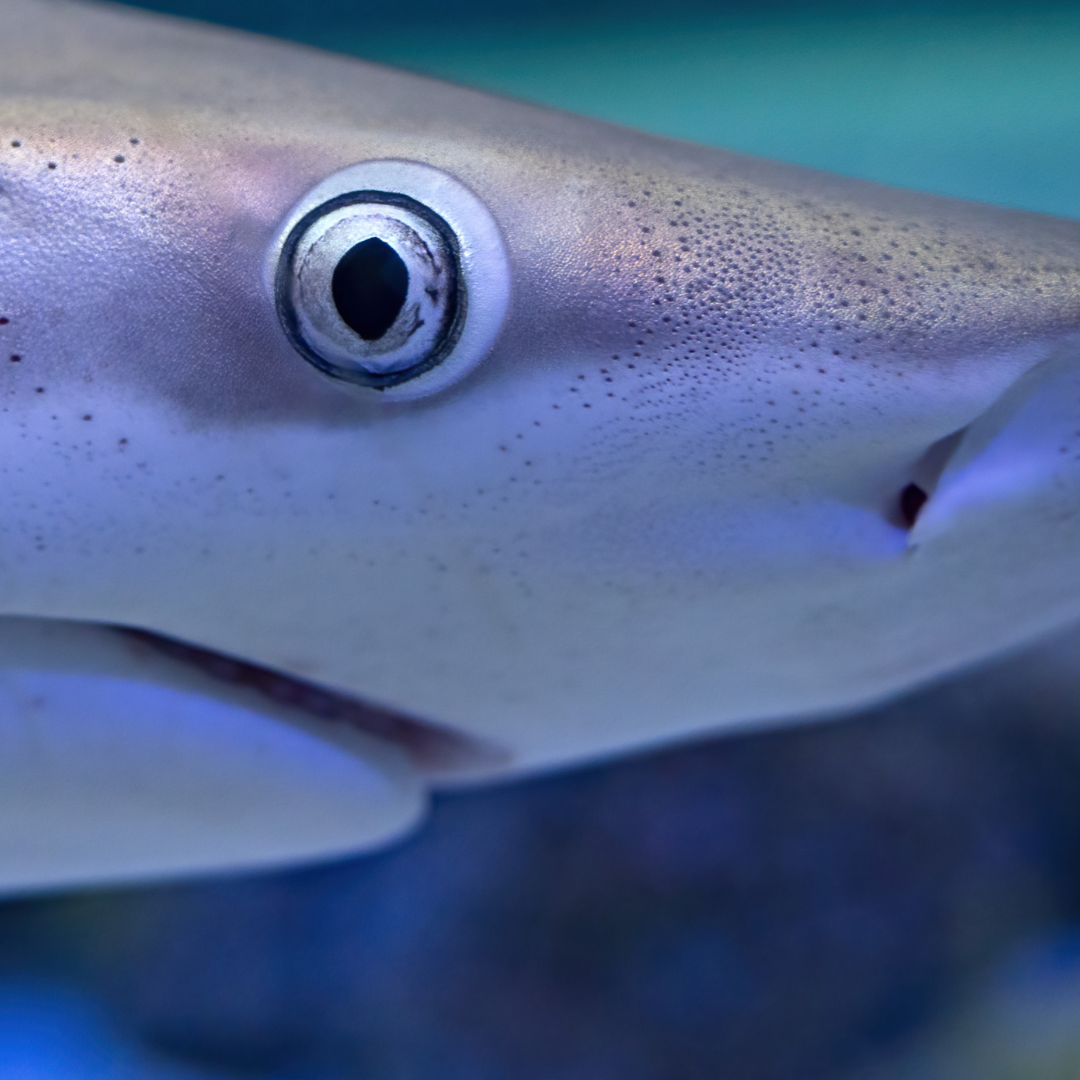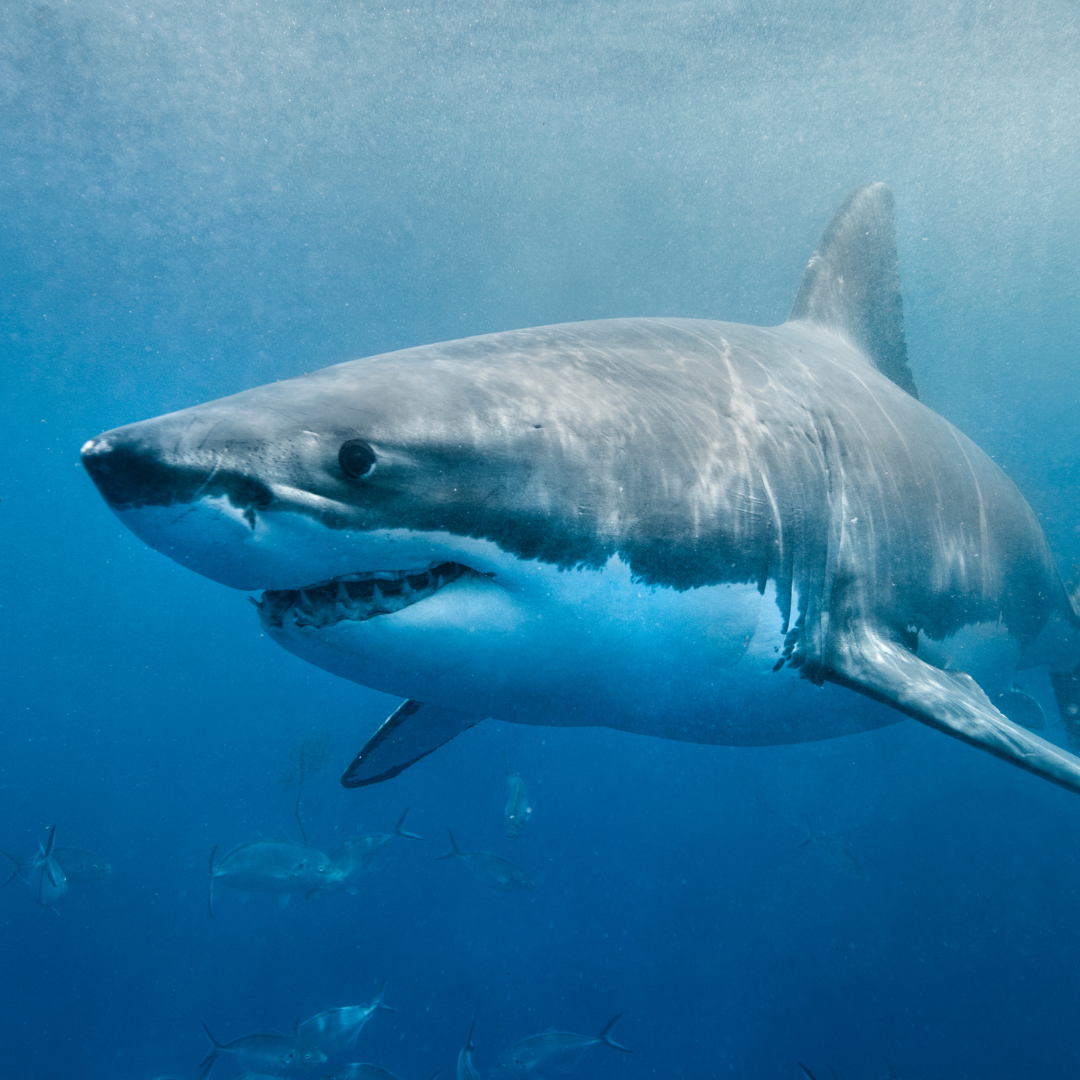How Do Sharks See the World?
Sharks, often perceived as mysterious and formidable creatures of the deep, possess remarkable sensory adaptations that aid them in their role as apex predators. Among these adaptations, their vision stands out as a crucial tool for hunting, navigating, and interacting with their environment. Let’s dive into the fascinating world of shark vision and explore how these incredible creatures see.
Anatomy of Shark Eyes
Sharks have eyes that are structurally similar to those of humans and other vertebrates, but with unique features that enhance their underwater vision. Key components of a shark's eye include:
- Cornea: The outermost layer that helps focus light.
- Lens: Unlike the flexible lens in humans, a shark’s lens is fixed, providing a wide field of view.
- Retina: Contains photoreceptor cells (rods and cones) that detect light.
- Tapetum Lucidum: A reflective layer behind the retina that improves vision in low light conditions.
Light Sensitivity
Sharks are highly adapted to see in various lighting conditions, from the bright surface waters to the dimly lit depths. Their eyes contain a high density of rod cells, which are sensitive to light and movement, allowing them to see well in low light conditions. The tapetum lucidum, a layer of mirrored crystals, reflects light back through the retina, enhancing their ability to see in the dark. This is why sharks are often active hunters during dawn, dusk, and nighttime.
Color Vision
While sharks primarily rely on their sensitivity to light and contrast, some species are believed to have limited color vision. Sharks have fewer cone cells compared to humans, which means their ability to perceive colors is not as developed. Research suggests that many sharks may see the world in shades of blue and green, which are the predominant colors underwater.
Depth Perception and Field of View
Sharks have eyes positioned on the sides of their heads, giving them a nearly 360-degree field of view. This wide-angle vision helps them detect prey and predators from all directions. However, this also means that they have a limited range of binocular vision (the area where the visual fields of both eyes overlap), which is essential for depth perception. Despite this limitation, sharks are adept at judging distances and striking accurately, thanks to their other sensory adaptations.
Detecting Motion
Motion detection is another critical aspect of shark vision. The high density of rod cells in their eyes makes them exceptionally good at detecting movement. This ability is crucial for hunting, as it allows sharks to spot the slightest movements of prey against the often chaotic backdrop of the ocean.
Role of Vision in Hunting
While vision is a vital sense for sharks, it works in conjunction with other senses such as smell, hearing, electroreceptors called Ampullae of Lorenzini (used to detect electrical fields in the water), and the lateral line system (which detects vibrations in the water). Some sharks use their keen eyesight to spot prey from a distance and then rely on their other senses to close in for the kill. For example, the great white shark often uses its vision to identify seals silhouetted against the surface before launching an ambush attack from below. Other sharks, like the great hammerhead, rely more heavily on their electroreceptors and lateral line system to find prey buried beneath the sand. Many sharks have second eyelids, called nictitating membranes, that close to protect the shark’s eyes from injury while feeding. The nictitating membranes cover the shark’s eyes at the last second before encountering a prey item, rendering vision less important at the very end of the hunt.
Adaptations for Different Environments
Different shark species have evolved unique visual adaptations to thrive in their specific environments. For instance:
- Deep-sea sharks: These sharks have larger eyes relative to their body size, enhancing their ability to capture any available light in the dark depths.
- Reef sharks: In the clear, well-lit waters of coral reefs, these sharks have eyes adapted to detect the vibrant colors and movements of reef life.
- Pelagic sharks: Species like the mako and blue shark, which inhabit the open ocean, have adaptations for seeing in the varying light conditions of the open water.
Conclusion
Shark vision is a testament to the remarkable adaptability of these ancient predators. Through millions of years of evolution, sharks have developed a sophisticated visual system that allows them to navigate the diverse and often challenging environments of the ocean. By understanding how sharks see the world, we gain deeper insights into their behavior, their role in marine ecosystems, and the incredible ways in which life has adapted to thrive in the depths of our oceans.



